Jonathan Bailes
Advisor: Lancelot Coar
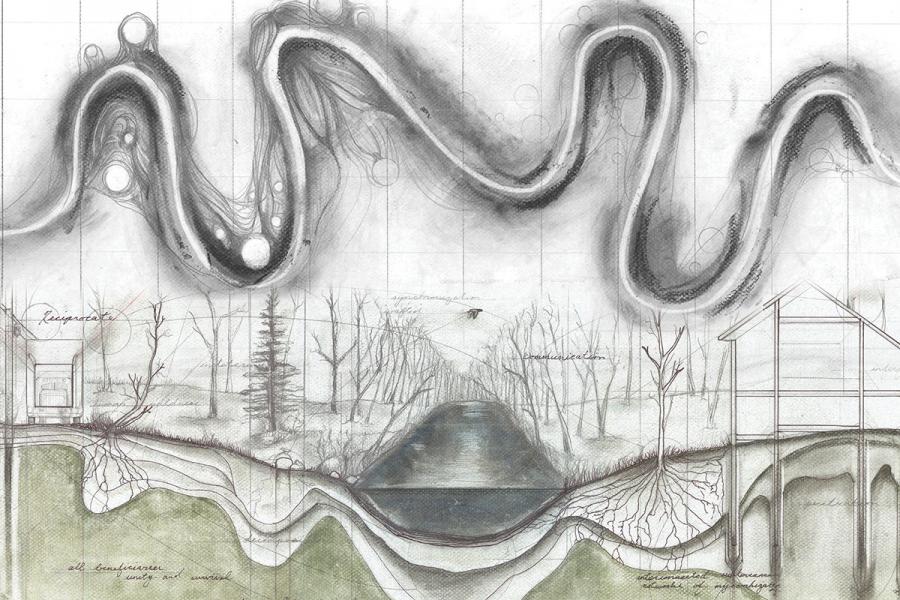
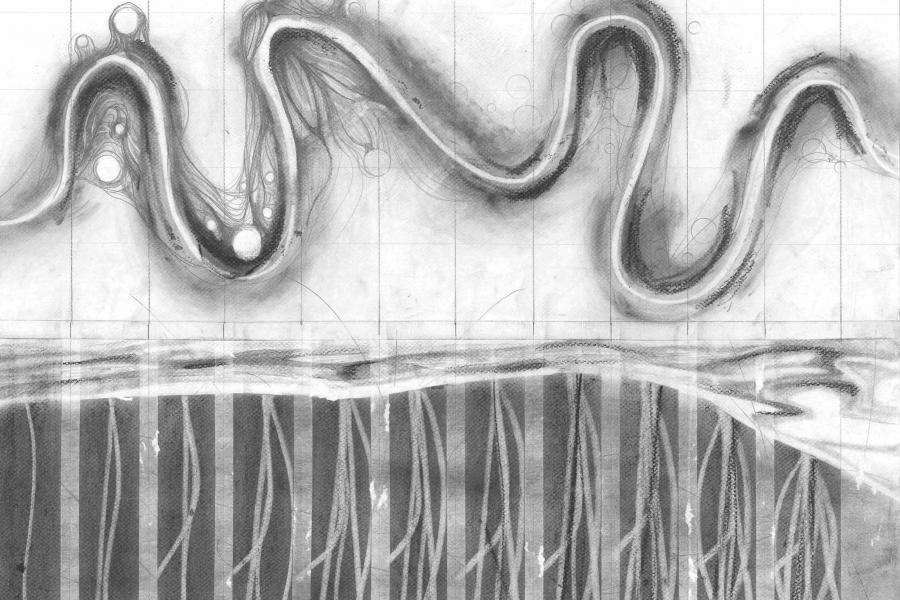
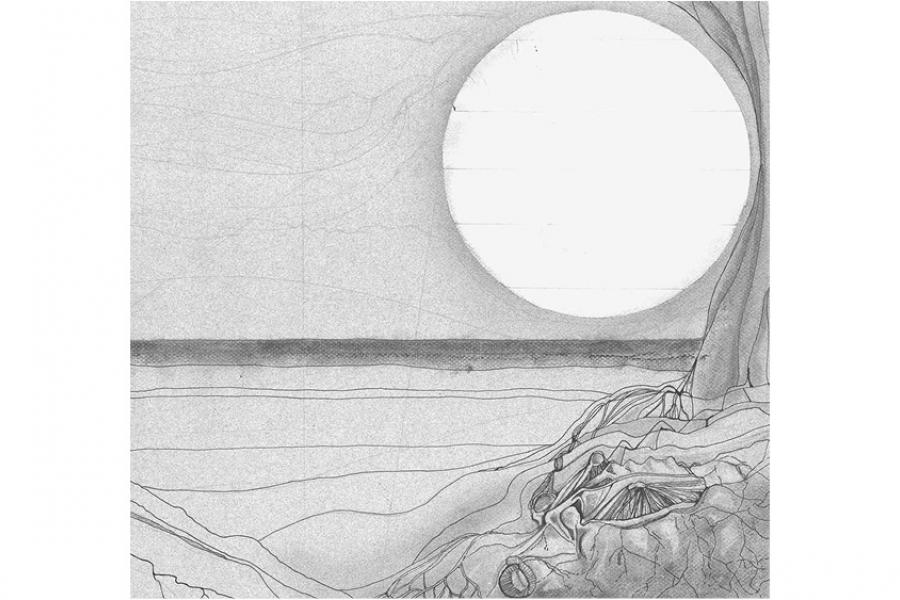
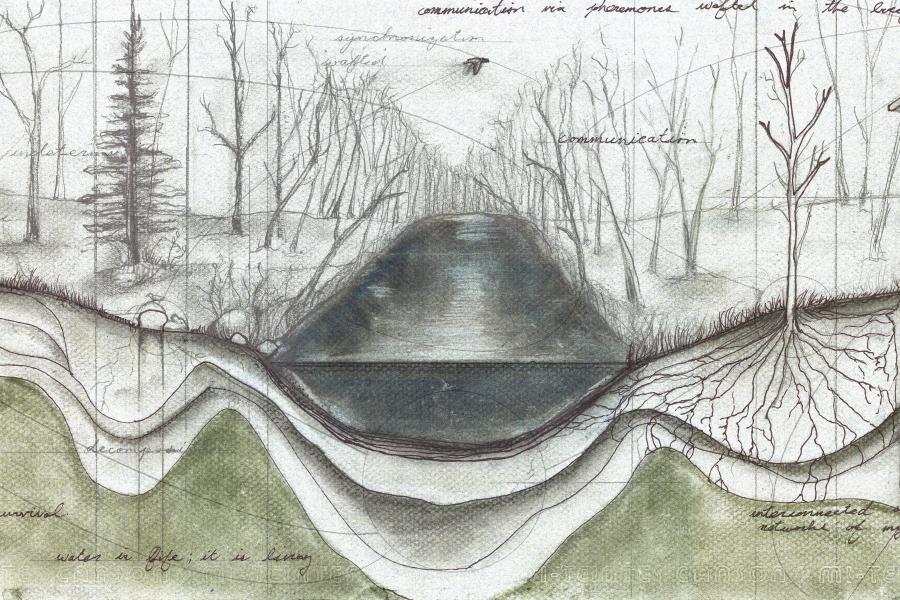
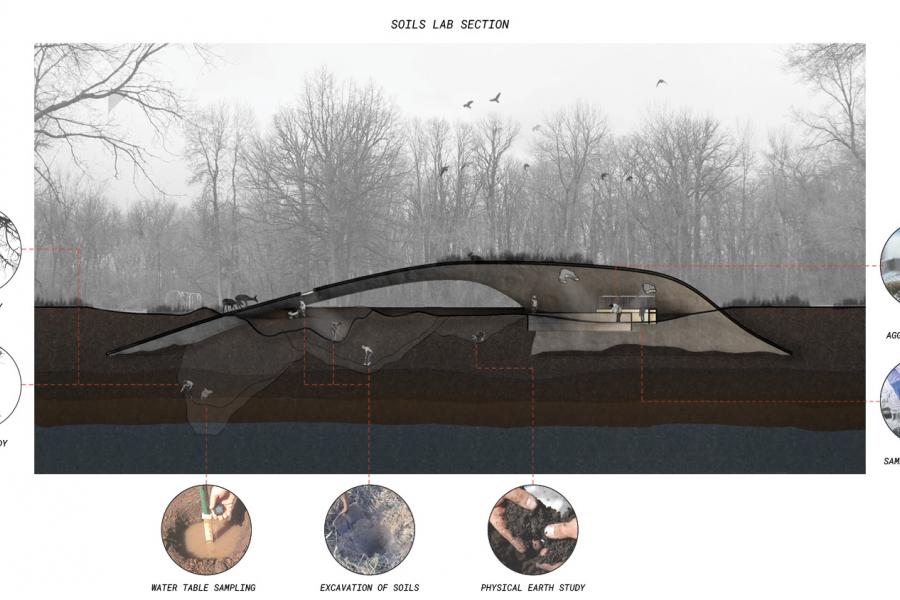
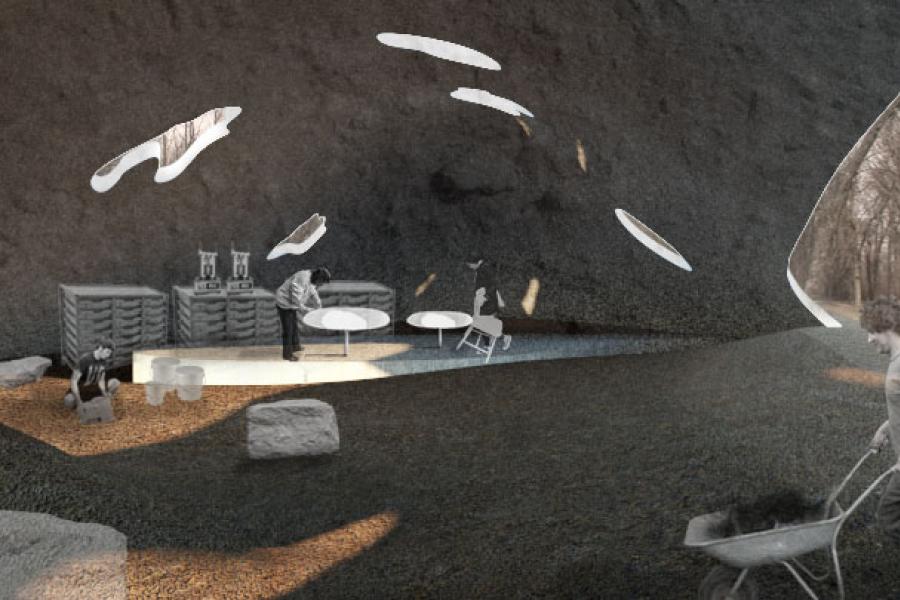
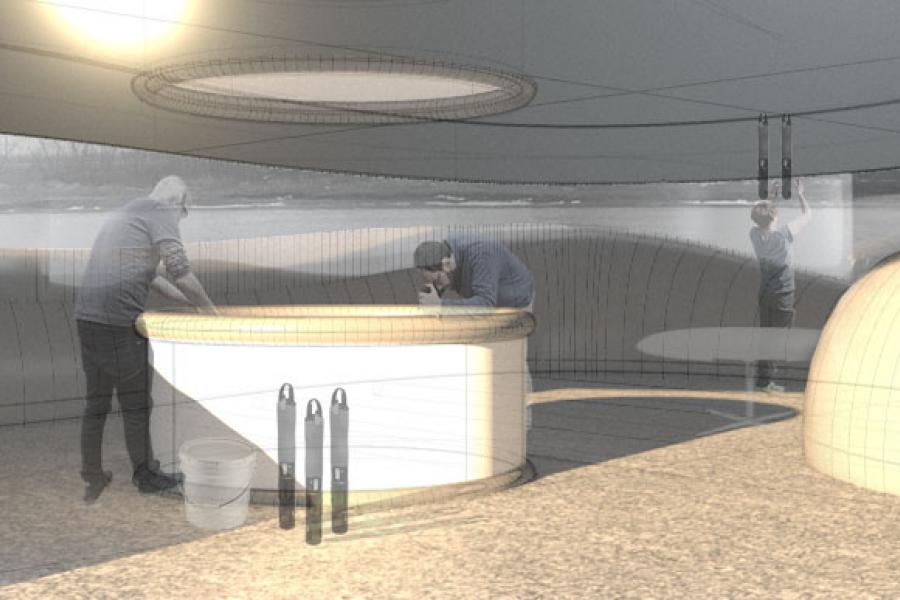
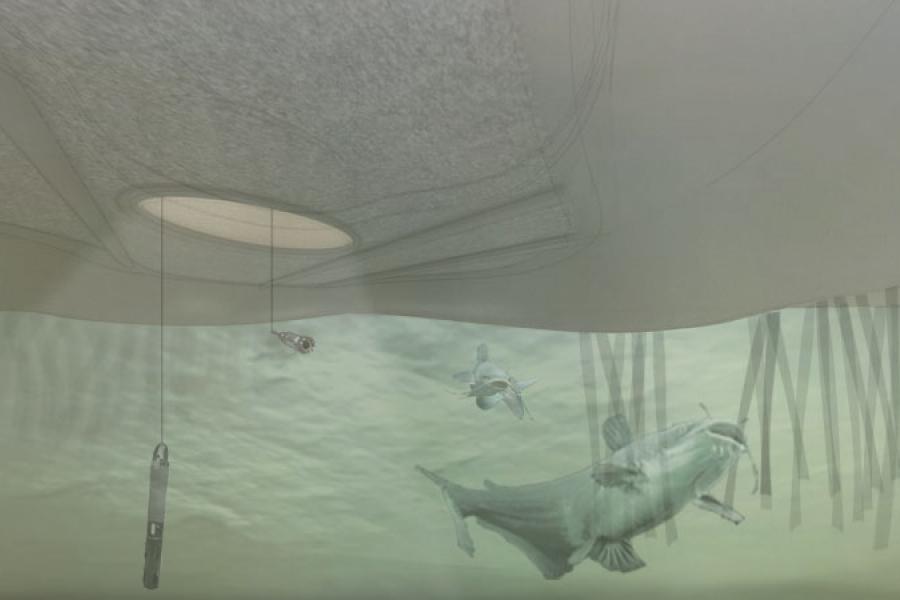
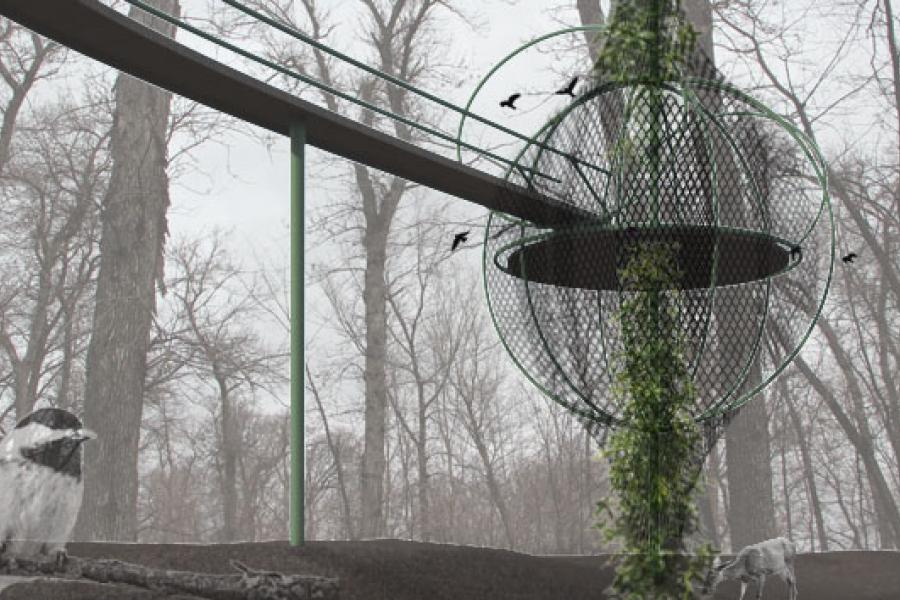
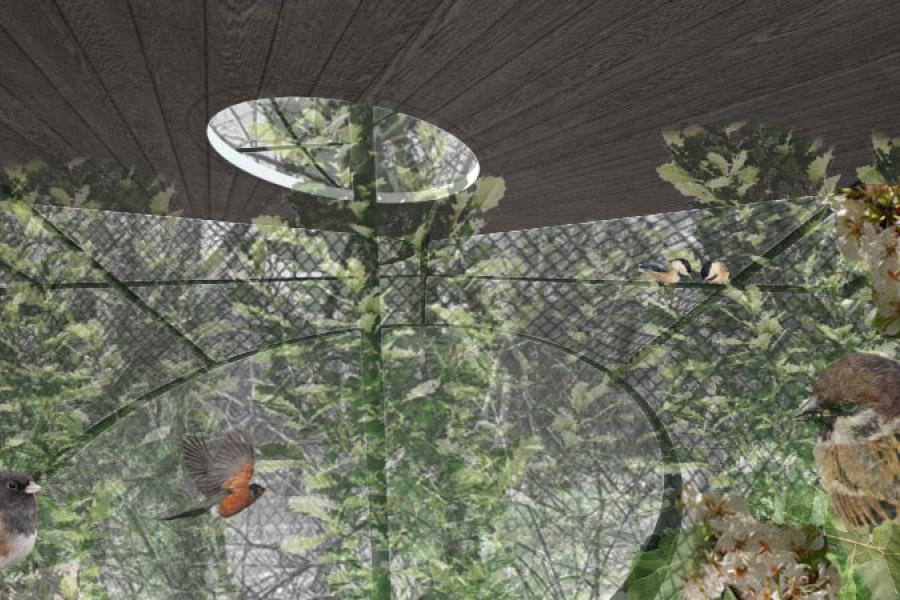
Rooted in the River's Edge:
New methods of framework on the Red River
Modern architecture tends to attempt to forge and replicate the beauty of nature only for human admiration. Yet natural systems are the driving forces of Earth. Throughout research, observation, and exploration on the Red River in Winnipeg, this project will delve into an explorative analysis of the potentials of incorporating architecture on and adjacent to rivers and riverbanks. This thesis will introduce new ways of framing architecture on riverbanks by integrating naturally sourced material and provoking natural systems to be incorporated into the design rather than being subservient to it. The project aims to embrace the river and its ecological systems as architectural participants.
The site will determine the intervention(s) required by thoroughly investigating the riverbank's entropic and generative behaviors. The Red River site is in constant flux with hydrological patterns, soil displacement, vegetation growth, animal and insect presence, and seasonal fluctuation. This thesis aims to imagine and introduce dynamic architectural propositions with all of these cycles considered and acknowledged on the river system.
In approaching design that is not human-centered, it is necessary to learn from the traditions of Indigenous knowledge, as Indigenous communities have long centred their actions and teachings from a land-based view of the world. Indigenous teachings begin with an appreciation for nature. Gifts from the Earth establish a relationship, an obligation to give, to receive, and to reciprocate.1 Indigenous perspectives on the natural world reflect the interconnectivity between everything and everyone. For the planet to thrive, there must be constant giving and receiving. We exist in a perpetual cycle of reciprocation between plants, water, air, nutrients, and chemicals. Our responsibility as conscious human beings is to contribute to this cycle in a beneficial and generous way.
“We learn how to live well by giving our attention to the earth and taking directions from her.”2
1 Robin Wall Kimmerer, . 2013. Braiding Sweetgrass. Minneapolis, Minnesota: Milkweed Editions: 25
2 Michael Asch, John Borrows, and James Tully. 2018. Resurgence and reconciliation: indigenous-settler relations and earth teachings: 51.
